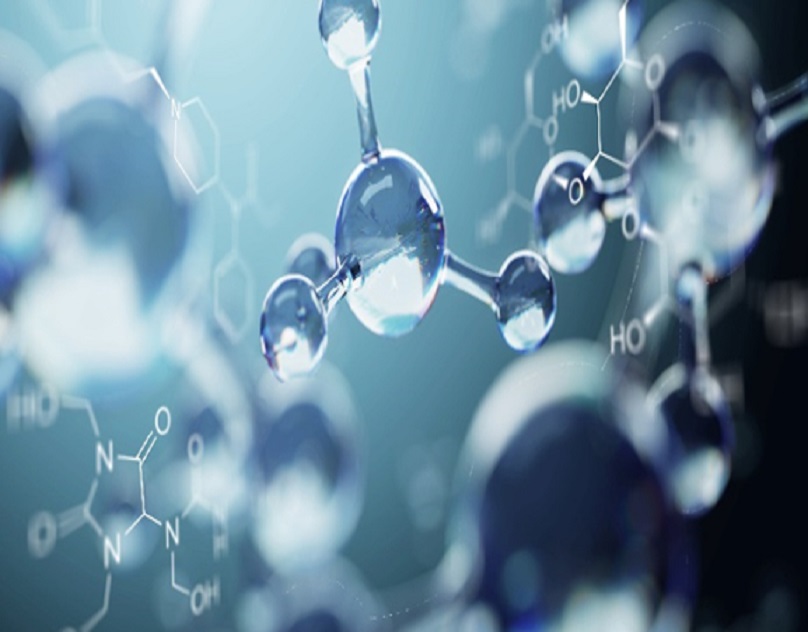Microfluidic technology enables the preparation of microspheres with good monodispersity and controlled particle size and morphology. Carrier microspheres can be used as drug delivery vehicles to modify the drug release efficiency and improve the accuracy of drug action at the target site. For the preparation of drug delivery vehicle microspheres, microfluidic technology can produce microspheres in one step without further purification, with very homogeneous particle size and good monodispersity, thus microfluidic technology shows outstanding advantages in the preparation of drug delivery vehicles.
Advantages of Microfluidics
The chip material used in microfluidics is a common slide, which is cheap and easy to obtain, and is resistant to organic solvents, not easy to adsorb samples, good light transmission, and can be used in conjunction with high-speed online microscopy experimental platform, which is convenient for real-time observation and manipulation of samples. The chip material bonding technology does not require ultra-clean and high-temperature environment, effectively avoiding the damage to the chip structure caused by thermal stress at high temperature. Chip materials can be disassembled by acetone immersion overnight and sonication and then reassembled for use, increasing design flexibility and versatility.
Microfluidics allows manipulation of several immiscible microvolume liquids, thus enabling continuous and controlled preparation of emulsions or droplets with good monodispersity and controlled particle size and morphology. By curing the droplets, microspheres can be obtained that meet the requirements of bioanalytical or drug screening carriers.
Microfluidics uses a micro syringe pump as the power source for the entire system, and a mechanical device to push the syringe allows for high precision, smooth fluid transfer.
Regulation of Microsphere Size and Shape
The regulation of microsphere size and shape can be performed by changing the microchannel material properties, microchannel geometry and shape, fluid properties and flow rate ratio to obtain high quality, homogeneous microspheres.
Changing the nature of microchannel materials
Modify the inner wall of microchannels made of certain materials to improve their affinity with experimental fluids, such as silylation and silicification treatment can make hydrophilic microchannels exhibit hydrophobic properties, while oxygen plasma cutting treatment, addition of polyvinyl alcohol and polyethylene glycol can make hydrophobic polydimethylsiloxane pipes exhibit hydrophilic properties.
Converting hydrophilic surfaces to lipophilic surfaces by controlling the affinity between the continuous phases and the inner walls of the microchannels.
Changing the geometry of microchannels
The size and geometry of microchannels in microfluidic devices have a great influence on the formation of emulsion droplets. The size and shape of the microsphere can be effectively controlled by changing the structure and size of the microchannel in combination with an appropriate flow rate ratio.
Changing fluid properties and flow rate ratios
In addition to the microchannel material of the microfluidic device and its geometry affecting the microsphere preparation, the particle size distribution and droplet formation of the microspheres can also be influenced by changing the nature of the fluid used for the experiment such as flow rate and viscosity.





Comments